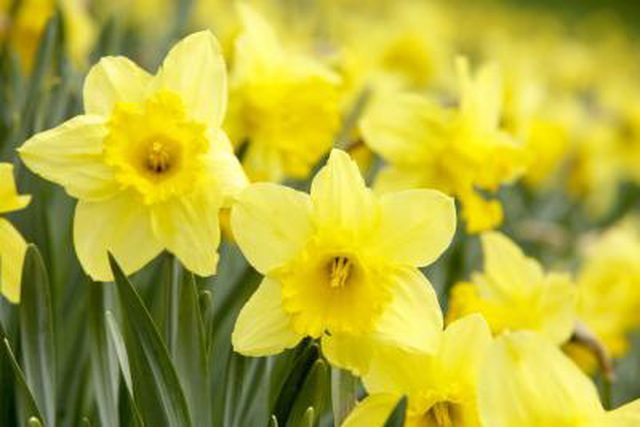Bulbs
Flower Basics
Flower Beds & Specialty Gardens
Flower Garden
Garden Furniture
Garden Gnomes
Garden Seeds
Garden Sheds
Garden Statues
Garden Tools & Supplies
Gardening Basics
Green & Organic
Groundcovers & Vines
Growing Annuals
Growing Basil
Growing Beans
Growing Berries
Growing Blueberries
Growing Cactus
Growing Corn
Growing Cotton
Growing Edibles
Growing Flowers
Growing Garlic
Growing Grapes
Growing Grass
Growing Herbs
Growing Jasmine
Growing Mint
Growing Mushrooms
Orchids
Growing Peanuts
Growing Perennials
Growing Plants
Growing Rosemary
Growing Roses
Growing Strawberries
Growing Sunflowers
Growing Thyme
Growing Tomatoes
Growing Tulips
Growing Vegetables
Herb Basics
Herb Garden
Indoor Growing
Landscaping Basics
Landscaping Patios
Landscaping Plants
Landscaping Shrubs
Landscaping Trees
Landscaping Walks & Pathways
Lawn Basics
Lawn Maintenance
Lawn Mowers
Lawn Ornaments
Lawn Planting
Lawn Tools
Outdoor Growing
Overall Landscape Planning
Pests, Weeds & Problems
Plant Basics
Rock Garden
Rose Garden
Shrubs
Soil
Specialty Gardens
Trees
Vegetable Garden
Yard Maintenance
Facts About the Missouri Primrose Flower
Facts About the Missouri Primrose Flower. Missouri Primrose and Missouri Evening Primrose are common names for the Oenothera macrocarpa which is a native Missouri plant that can be found in numbers along the limestone bluffs and rocky prairies in the Ozark region. The large yellow flowers of this plant dictate its common label as they open in the...

Missouri Primrose and Missouri Evening Primrose are common names for the Oenothera macrocarpa which is a native Missouri plant that can be found in numbers along the limestone bluffs and rocky prairies in the Ozark region. The large yellow flowers of this plant dictate its common label as they open in the evening or late afternoon.
Native Range
The Missouri Primrose is a low-growing, sprawling perennial that is often seen on the roadsides and on bluffs throughout Missouri, Texas and Nebraska. The flowering plant is also referred to as Oenothera missouriensis.
Plant
The trailing stems of the Missouri primrose have a red hue with green, narrow leaves. The plant returns each spring from the same roots and blooms the second year from seed. This low-growing perennial only reaches six to 12 inches above the ground but can spread twice that distance.
Flower
The beautiful yellow flowers of the Missouri primrose don four petals in a cup shape and measure up to 5 inches across. The fragrant blooms have a large red arrow pistils which project beyond the stamens. They open in the evening and are pollinated mostly by moths. Each flower only lasts one day but the blooms are plentiful from May to August. Flowers are followed by somewhat unique, winged seed pods according to the Missouri Botanical Garden.
Soil
The roots of the primrose are large and tuber-like and develop best in loose soil. This plant is ideal for rock gardens and sandy, loamy soil.
Conditions
The Missouri Evening Primrose thrives in full sun to light shade. Infrequent watering is no problem as this perennial can grow in dry to average conditions. The hardiness of the plant makes it perfect for weekend gardeners looking for low-maintenance beauty.